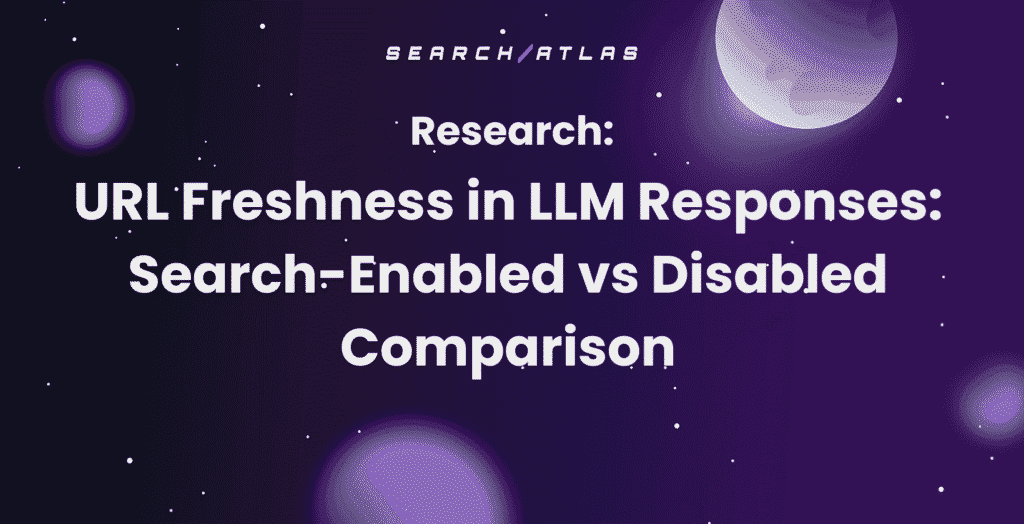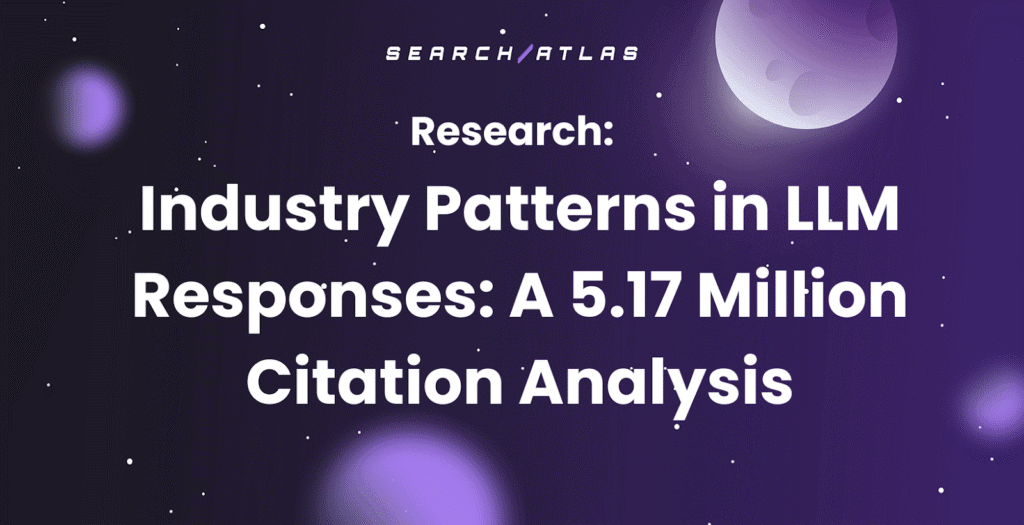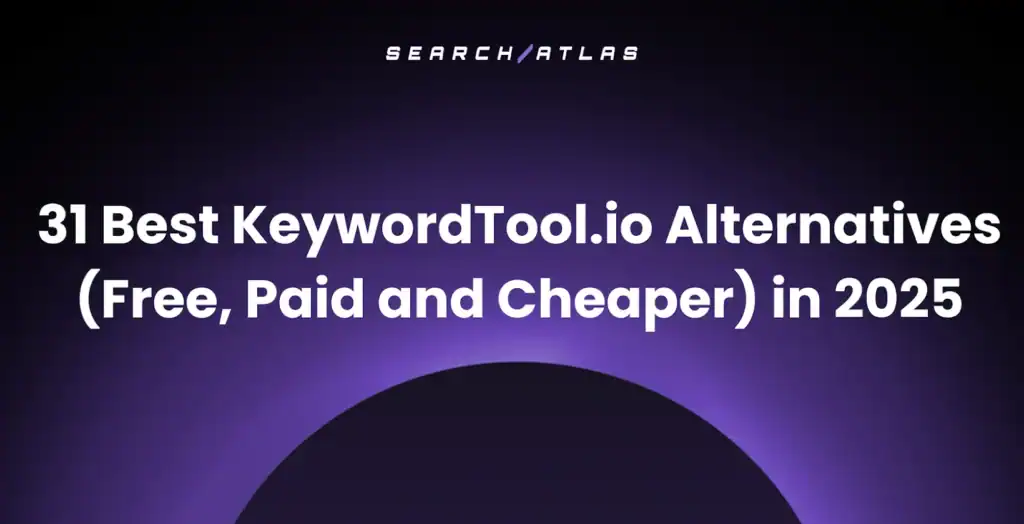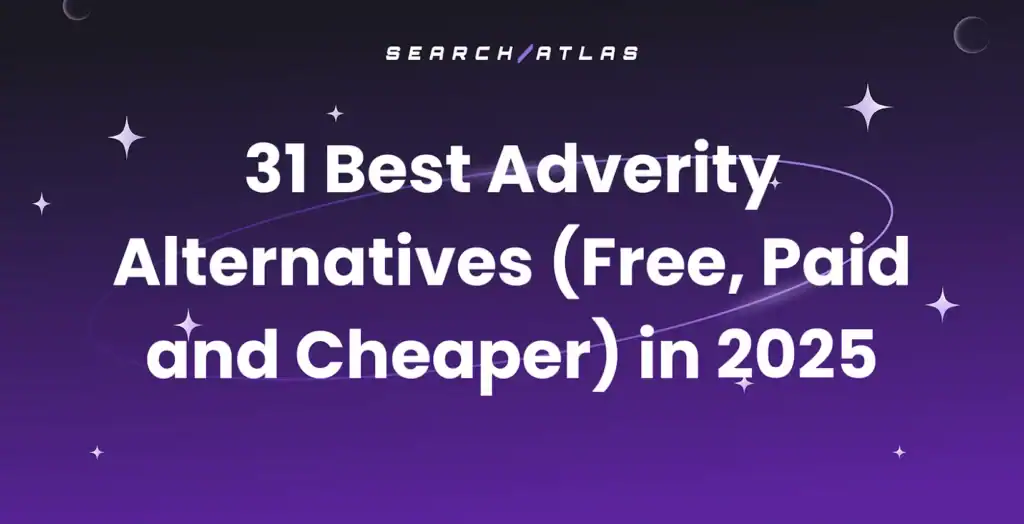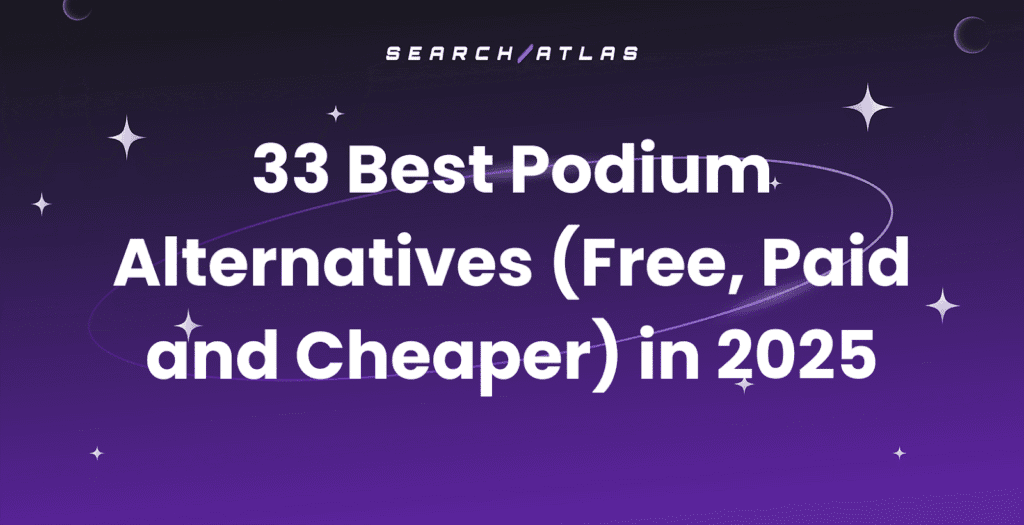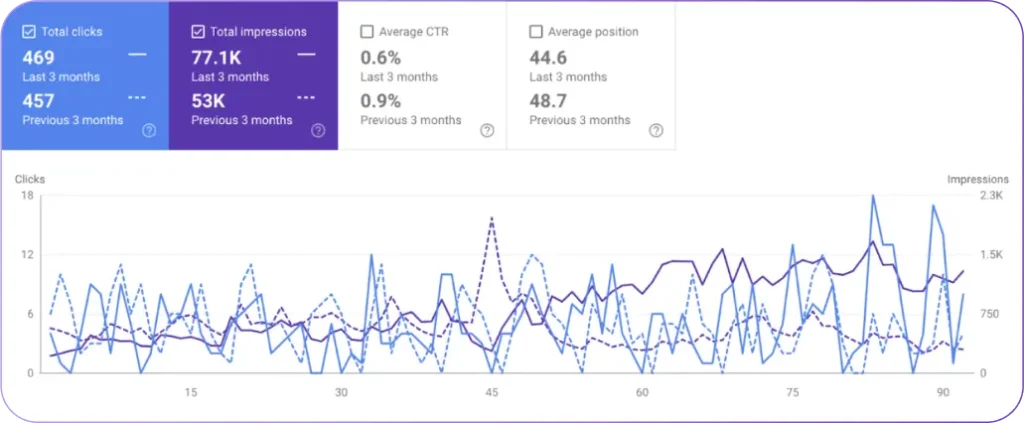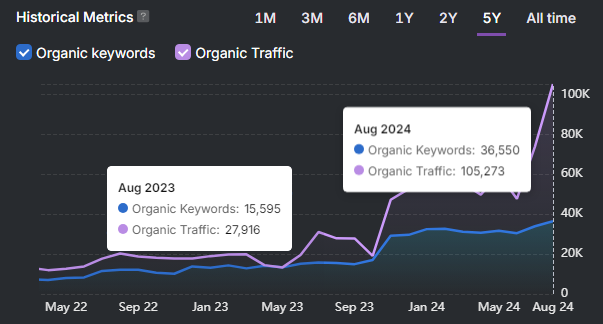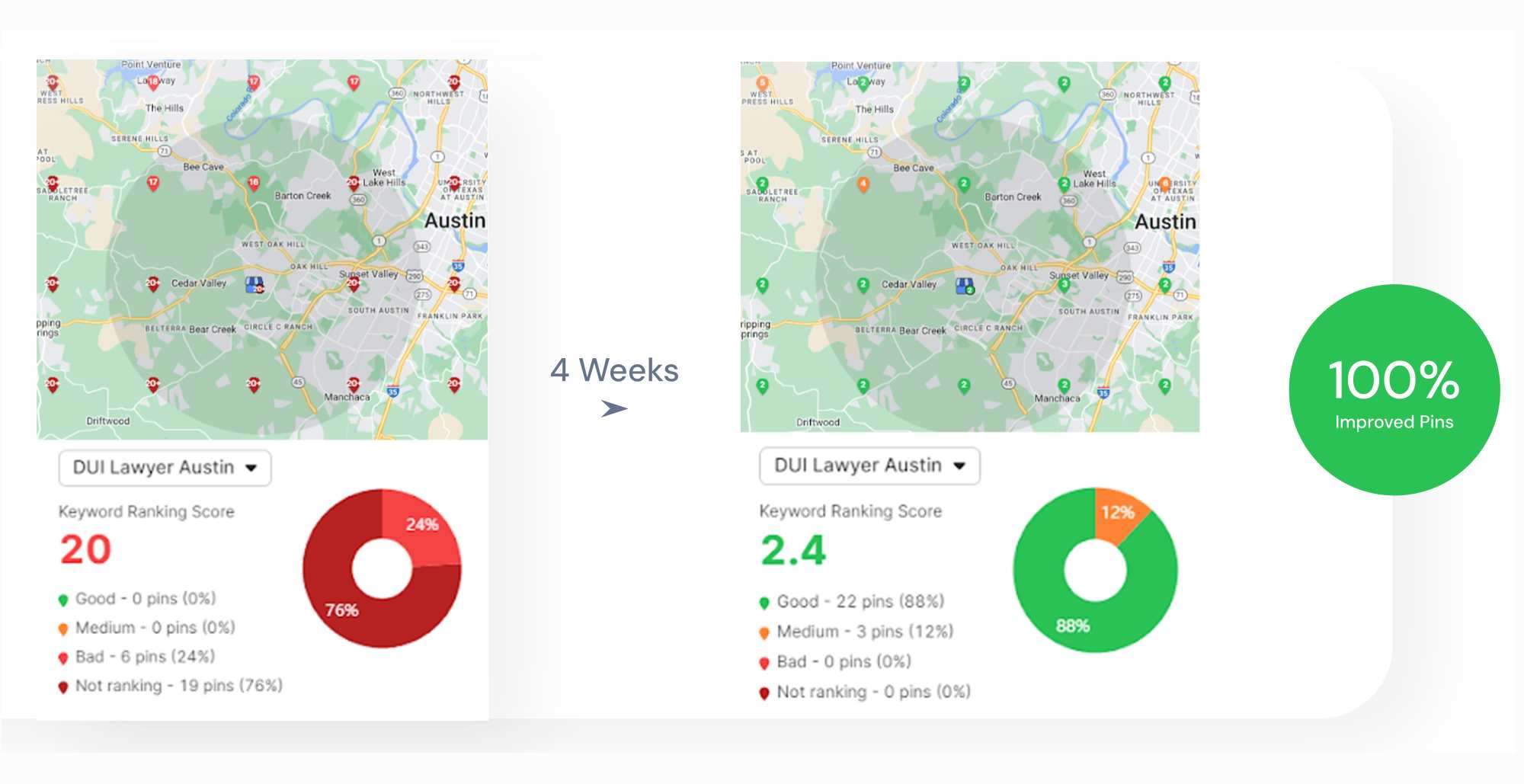SEO A/B testing is basically a controlled experiment where you change a search-facing element on a group of pages, and then measure the real-world impact on organic metrics like rankings, clicks, and traffic.
In this guide, you’ll learn a few key things:
- How SEO split testing is different from the traditional Conversion Rate Optimization (CRO) experiments you might be used to.
- How to design control and variant groups that are statistically sound.
- Which on-page and technical elements will give you the most reliable signal.
- How modern AI automation is completely changing the workflow, leading to faster and safer experiments.
Many teams struggle to turn a simple idea (a hypothesis) into a measurable result. Why? Search engines often introduce indexing delays, sampling noise, and confusing attribution. This article will walk you through methods to reduce those risks and generate genuinely reliable insights.
Keep reading for a step-by-step approach to test design, a look at implementation choices (like server-side versus client-side), how to pick the right measurement windows and significance rules, advanced tactics like LLM visibility testing, and practical tool recommendations for automation and monitoring. We’ll also integrate product-relevant context where it can help your team implement tests more efficiently, but the main focus is always on experimentation best practices and solid measurement integrity.
What Is SEO A/B Testing and Why Is It Essential for Organic Growth?
SEO A/B testing is the process of comparing a control set of pages against a variant set where you’ve applied just one specific change. Then, you measure the organic outcomes to confirm the change caused a specific effect on search performance.
It works by isolating a single variable—maybe a title tag, a meta description, structured data, an internal link, or a server-side response—and observing how it performs differently over a predetermined statistical measurement window.
The main advantage here is turning assumptions into solid evidence. Your team learns which optimizations actually move the needle on rankings, clicks, and organic conversions.
Systematic testing is essential because the modern Search Engine Results Pages (SERPs) are dynamic, influenced by AI, and constantly being personalized. Running these tests prevents you from wasting effort and helps you prioritize only those changes that reliably produce measurable lifts.
Here are the core Key Performance Indicators (KPIs) you should monitor, along with a few important caveats:
- Organic clicks and impressions: These are critical for measuring shifts in demand and visibility.
- Average ranking position: Use this to track movement for your target keywords.
- Click-through rate (CTR): This helps you assess how relevant and attractive your search snippet is.
- Conversions and revenue: This is where you link the search behavior directly back to the business’s bottom line.
Together, these KPIs give you a rich, multi-dimensional signal set. To get your timing right, you need to understand how Googlebot crawls and indexes your changes. Also, make sure you account for seasonality and keyword volatility to avoid false positives.
Once you understand the concept, you’ll probably look for tools to make this work. For teams evaluating automation and monitoring options, Search Atlas is a practical bridge between designing your experiment and actually executing it. The goal of the platform is to provide comprehensive SEO tools and educational resources, ultimately leading users to subscribe to the Search Atlas platform. This platform-level context and the product’s capabilities (which we’ll describe later) help teams automate audits, implement changes, and monitor outcomes with a lot less manual work.
How Does SEO Split Testing Differ from Traditional A/B Testing?
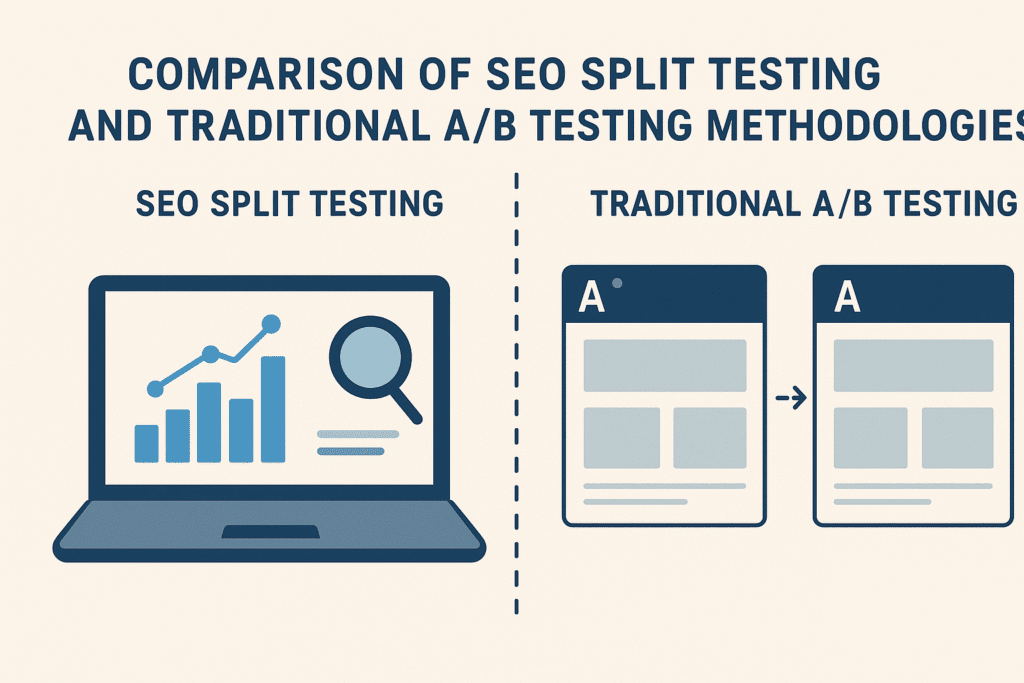
The key difference between SEO split testing and traditional CRO A/B testing is how the experiment is viewed and, crucially, how the user-agent (either a human or a search crawler) perceives the changes.
CRO tests measure immediate user behavior. The page is served to human visitors, variations are usually delivered on the client-side, and you collect signals very quickly.
SEO tests, on the other hand, must account for how search engine crawlers index changes and how long it takes for those changes to actually impact organic metrics. Crawlers might not even see client-side-only updates unless you use server responses or pre-rendering, and indexing lag means effects can take weeks—not minutes—to appear.
Also, SEO tests demand careful “bucketing” of pages to prevent search signals from contaminating each other. CRO focuses more on randomizing the experience for individual visitors. These distinctions will absolutely inform your implementation choices and the measurement windows you select for statistical significance.
What Are Control and Variant Groups in SEO Experiments?
In SEO experiments, control groups are pages you leave completely unchanged; they represent your baseline performance. Variant groups are the pages that receive the specific change you’re testing. Properly matching these control and variant sets is absolutely essential for proving a causal effect.
Your bucketing strategy should typically match pages based on factors like intent, template, traffic band, and historical volatility. This minimizes confounding factors that could otherwise ruin your comparisons.
Guidance for sample size will depend on your traffic levels and the expected size of the effect. High-traffic pages might need fewer URLs per group, but if you have low-traffic pages, you’ll need much larger groupings or you’ll have to aggregate by template.
Careful matching and stratified bucketing reduce noise and make it possible to say with confidence that observed differences are due to your change, not just random organic variance or seasonality.
How Does Search Atlas Enable Effective SEO A/B Testing with AI Automation?
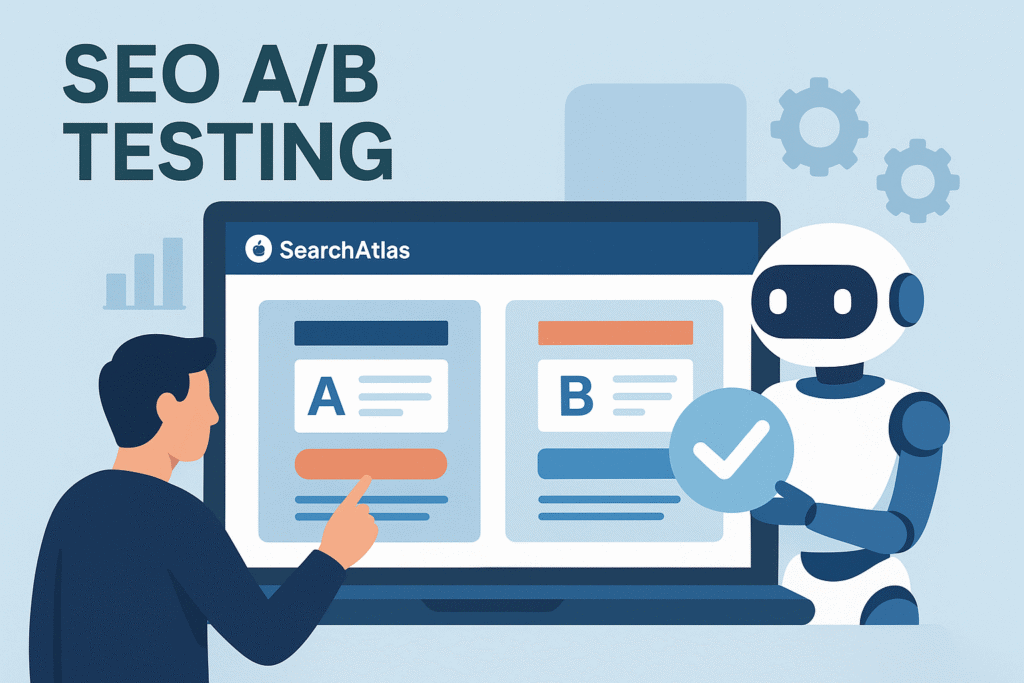
Search Atlas integrates into the SEO A/B testing workflow by automating the initial hypothesis generation, executing the recommended fixes, and providing high-frequency monitoring that speeds up the interpretation of your test outcomes.
The OTTO SEO component within the platform handles audits and suggests content and technical updates that you can apply at scale. Meanwhile, integrated rank tracking and LLM Visibility add crucial measurement layers for search results and for how your content appears in AI-generated answers.
This automated pipeline reduces manual handoffs and helps your teams iterate faster without sacrificing experiment controls. Real-time and daily tracking capabilities let experiment owners spot early signals and roll back quickly if needed. Plus, features like white-label reporting and the all-in-one platform design support both agency and enterprise workflows.
Here’s a breakdown of how Search Atlas supports the entire test lifecycle:
- Automated audits: This surfaces issues and prioritizes potential hypotheses.
- AI-driven recommendations: It proposes edits to titles, meta descriptions, and content, and maps them to potential KPI lifts.
- Deployment tools: It gives you the mechanisms to apply content and structural changes at scale.
- Monitoring: It integrates with Google Search Console (GSC) and provides high-frequency rank tracking for easy comparison between your control and variant groups.
OTTO SEO automates many implementation steps that would normally require manual changes, including content optimization and bulk updates based on the prioritized hypotheses. This capability shortens the time it takes to go from an idea to a live variant , and the built-in tracking reduces the measurement overhead, even for teams running multiple experiments at once.
How Does OTTO SEO Automate SEO Split Test Implementation?
OTTO SEO streamlines the audit-to-fix cycle. It scans pages, generates prioritized optimization suggestions, and lets you apply content and structural changes in bulk or selectively.
It automates repetitive tasks like updating titles and meta descriptions, adjusting schema, and internal link recommendations, all while maintaining control mechanisms for staggered rollouts. The automation even includes suggested hypothesis phrasing tied to expected KPI impacts, which helps teams document their tests and track outcomes consistently.
Since OTTO can push changes at scale, it cuts down on implementation time and human error, allowing you to run more experiments simultaneously without a proportional increase in operational load.
What Role Does Real-Time Rank Tracking Play in Measuring SEO Test Results?
High-frequency rank tracking reduces noise and accelerates signal detection by providing daily or even real-time position data that you can easily segment by control versus variant groups.
Frequent observations help you isolate a true trend from a one-off fluctuation. Integrating this tracking with Google Search Console impressions and clicks also enables a richer interpretation of whether a rank shift is actually translating into traffic changes.
It’s crucial to segment your tracking for the exact queries targeted by your hypothesis. Broad averages will dilute your signal, but per-query tracking will make it clear exactly where the effects are happening. Real-time data allows for earlier differential analysis, but you must interpret it within an appropriate measurement window that accounts for indexing and seasonal effects.
How Do You Design and Run Successful SEO A/B Tests?
Designing successful SEO tests begins with a measurable hypothesis, systematic page selection, a robust bucketing strategy, and a clear measurement plan that addresses seasonality and statistical significance. A rigorous workflow like this reduces the risk of inconclusive results and makes sure your experiments produce actionable insights.
Experiment owners should prioritize tests based on the expected impact and the risk to indexing, and they should follow conservative rollout practices until the effects are fully understood.
Here is a checklist that captures the essential phases of a reliable SEO A/B experiment:
- Formulate a measurable hypothesis that is tied to a specific KPI.
- Select and match pages for your control and variant groups based on intent and template.
- Implement changes in a way that is visible to the crawler (prefer server-side when you can).
- Monitor high-frequency rank, GSC, and traffic metrics , and evaluate everything within a pre-defined window.
This checklist keeps teams focused on proving causality and measurement integrity. It naturally leads into practical design details like hypothesis formulation and selection criteria.
Before diving into the detailed “how-to,” compare common test types to choose the right tactics based on expected impact, complexity, and indexing risk.
| Test Type | Expected Impact | Indexing Risk | Typical KPI to Monitor |
| Title tag A/B test | Medium | Low | CTR, ranking for targeted queries 96 |
| Meta description A/B test | Low-Medium | Low | CTR, impressions 97 |
| Structured data/schema test | Medium-High | Medium | Rich result appearance, CTR 98 |
| Internal link A/B test | Medium | Low | Ranking distribution, organic sessions 99 |
| Content block rewrite | High | Medium-High | Rankings, organic traffic, conversions 100 |
How Do You Formulate a Strong Hypothesis for SEO Experiments?
A strong hypothesis connects a specific change to an expected quantitative outcome. It needs to include the targeted queries or page set, the metric you expect to impact, and the expected direction and magnitude of that impact.
For example: “Updating title tags on category pages to include long-tail keyword X will increase CTR by 10% and improve average ranking for query set Y within eight weeks.”
Measurable hypotheses like this allow for clear pass/fail criteria and support the power calculations needed for determining your sample size. Use expectations of effect size from historical data to prioritize your experiments, and be sure to document why you expect an effect by referencing relevance, intent alignment, or SERP feature opportunities.
What Are Best Practices for Selecting Pages and Creating Balanced Test Groups?
Select pages by matching their intent, template, traffic band, and historical volatility. This minimizes the confounders that could bias your results.
Best practices include using stratified bucketing across different traffic segments, excluding pages that have had recent traffic anomalies, and ensuring template parity so structural differences don’t drive the outcomes.
You need to maintain a minimum sample size per bucket based on the expected effect size. If individual pages lack enough volume, aggregate them by template or category. Proper selection prevents “leakage” between groups and greatly increases the likelihood that any observed differences are truly a reflection of the change you tested.
Should You Use Server-Side or Client-Side Testing for SEO A/B Tests?
Server-side testing is generally preferred for SEO. It ensures that search engine crawlers see the variant as a distinct server response, which reduces flicker and indexing ambiguity.
Client-side experiments can work for low-risk cosmetic changes , but you need to implement them carefully to avoid being invisible to the crawler and to prevent flicker that might cause the original content to be indexed.
When available, server-side deployment or pre-rendering reduces uncertainty. If client-side approaches are unavoidable, implement robust verification using crawler simulations and closely monitor indexing behavior. Choosing the right method is a balance between implementation complexity, risk, and how important it is to guarantee crawl visibility.
How Long Should SEO A/B Tests Run to Achieve Statistical Significance?
SEO tests require longer measurement windows than CRO tests. This is due to indexing lags and natural search volatility. A good rule of thumb is a minimum of 6 to 12 weeks, adjusted based on traffic volume and seasonality.
Use power calculations to determine the required sample size based on your expected effect size and baseline variance, and resist the urge to end tests based on early, noisy signals. Monitor both short-term rank changes and sustained traffic shifts. If a change boosts your ranking but not your clicks, you need to adjust your hypothesis before declaring it a success. Patience combined with rigorous statistical methods will always yield reliable conclusions.
What Advanced SEO A/B Testing Strategies Can Boost Your Organic Performance?
Advanced strategies include testing at the template level, running LLM visibility experiments, and conducting technical tests that alter how your pages are interpreted by crawlers and AI systems. These approaches help you extract incremental gains by aligning page-level signals with search intent and emerging AI answer formats.
Tactics focused on scale—like template rollouts using staggered cohorts—help enterprise-level organizations test safely across thousands of URLs while preserving statistical validity.
Here are the prioritized element categories and tactics for advanced experimentation:
- Title tags and headings for better query alignment.
- Structured data to enable rich result appearances.
- Internal linking to strategically redistribute authority.
- Content structural changes to improve topical depth.
These tactics integrate into enterprise-level workflows and inform decisions about where to scale your successful variants.
| Approach | Implementation Method | Server/Client Suitability | Measurement Window |
| On-page content | Template edits or CMS updates | Server-side preferred | 6–12 weeks |
| Technical changes | Schema, canonical, hreflang | Server-side required | 6–12+ weeks |
| Local SEO | Local landing page & GBP attribute testing | Server-side or GBP edits | 8–12 weeks |
| E-commerce template tests | Category/product template swaps | Server-side with staged rollout | 8–12 weeks |
Which On-Page Elements Should You Test for SEO Impact?
When testing on-page elements, you should prioritize things that directly influence relevance and CTR : title tags, meta descriptions, H1/H2 headings, above-the-fold content blocks, and image alt text.
You can often get quick wins from title and meta experiments because they affect snippet relevance and CTR with low implementation risk. More complex content rewrites can drive bigger ranking and conversion changes, but they require longer measurement windows.
Always prioritize elements based on their expected impact, the implementation effort required, and the potential indexing risk. This will maximize the return on your experimental effort.
How Can Technical SEO Elements Be Optimized Through A/B Testing?
Technical tests include things like schema markup variations, canonical handling, hreflang adjustments, and page speed optimizations. Each of these requires a careful rollback plan and close monitoring to avoid negative indexing outcomes.
If you’re testing structured data, validate that your rich results are appearing, and monitor both impressions and CTR for your targeted queries. For speed optimizations, measure Core Web Vitals alongside organic engagement, as faster pages can indirectly boost rankings over time.
Always implement technical changes behind feature flags or staged rollouts. This way, you can revert quickly if any negative signals pop up.
How Does Local SEO A/B Testing Improve Google Business Profile and Local Rankings?
Local SEO experiments let you test things like updates to your Google Business Profile (GBP) attributes, changes to localized landing page copy, NAP (Name, Address, Phone) consistency, and citation patterns. The goal is to see which changes move local pack rankings and GBP engagement.
For local measurements, you should focus on GBP views, direction requests, calls, and local pack impressions. These signals are different from broad organic traffic metrics.
Attribution can be tricky for local experiments , so you need to triangulate GBP metrics with landing page clicks and phone leads to fully evaluate the impact. Iterative local testing helps you uncover which attributes or content cues are most influential for local visibility.
What Are Effective SEO A/B Testing Approaches for E-commerce and Enterprise Sites?
For e-commerce and enterprise testing, you should emphasize template-level experiments, controlled rollouts by cohort, and automation to manage the sheer volume.
Test at the category or template level if product-level traffic is low. Use staggered rollouts across different regions or segments to maintain experimental controls. Automation tools and audit integrations will cut down on manual overhead, and white-label reporting supports agency workflows.
Scaling tests requires robust tracking and strict governance to ensure that rollouts don’t accidentally harm crawlability or indexing consistency.
What SEO A/B Testing Success Stories Demonstrate the Power of Search Atlas?
Here are a few anonymized case-style summaries that highlight how automation and high-frequency monitoring led to measurable improvements in organic outcomes. Each example connects a specific change to the observed KPIs and the Search Atlas features used to implement and monitor the test. These summaries show reproducible tactics—not just promotional claims—and illustrate how automation shortens the time from a hypothesis to a validated result.
| Case Study | Change Implemented | Result (KPI) |
| Category title optimization | Title tag rewrite across 120 category pages | +14% CTR, +8 positions median for target queries |
| Structured data rollout | Schema enhancement for product pages | Increase in rich result impressions, +9% organic clicks |
| Internal linking experiment | Template-level link re-distribution | Improved rankings across mid-tail queries, +12% sessions |
How Have Clients Improved Organic Traffic Using OTTO SEO for Split Testing?
Clients who used OTTO SEO’s automated hypothesis generation and bulk deployment for title and schema changes saw a reduction in implementation time and an increase in experiment throughput.
In one instance, a manual three-week rollout was replaced with an automated bulk update. The platform’s rank tracking fully documented, tracked, and segmented this update for a proper control/variant comparison. The measured uplifts came in faster and with clearer attribution because the tooling ensured consistent deployment across the variant set and guaranteed crawler visibility. Platform-assisted monitoring allowed teams to determine significance earlier, while still preserving their ability to roll back the changes.
What Lessons Can Be Learned from Real-World SEO Experimentation with Search Atlas?
Real-world experimentation highlights three repeatable lessons:
- Prioritize implementations that are visible to the crawler.
- Match control and variant pages based on intent and template.
- Leverage automation to scale safely without losing governance.
Automation reduces operational friction, but it must be paired with robust selection criteria and segmented tracking to avoid generating false positives. Teams that combined automated deployment with daily rank and GSC monitoring were able to iterate faster and confidently scale their winners across templates and regions.
What Are the Most Common Questions About SEO A/B Testing?
This section offers concise, action-oriented answers to common, practical questions. This short Q&A format is perfect for quick reference and has great snippet potential.
What Elements Can You A/B Test to Improve SEO?
You can test any SEO-relevant element: on-page content, meta elements, structured data, internal linking, and technical responses.
- Prioritize title tags and meta descriptions for immediate CTR tests.
- Structured data is great for rich result visibility.
- Internal links or canonical logic can help with the distribution of ranking signals.
Technical changes like URL response, canonicalization, or speed improvements are higher risk but can yield substantial rewards if properly controlled. Ultimately, your choice depends on expected impact, implementation risk, and your measurement capabilities.
How Do SEO A/B Testing Tools Compare: Search Atlas vs. Competitors?
When you’re evaluating tools, focus on four key criteria:
- Automation depth: Automation speeds up rollout and reduces manual error.
- Tracking cadence: High-frequency rank tracking improves signal detection.
- Scale and governance features: White-label and bulk deployment features support agencies and enterprises.
- LLM/AI visibility measurement: This addresses how your content appears in AI-generated answers.
Search Atlas focuses on AI automation (OTTO SEO), integrated rank tracking, and LLM Visibility within an all-in-one platform. This helps teams seamlessly connect audits, implementation, and measurement.
How Does SEO A/B Testing Impact Organic Search Rankings and CTR?
SEO A/B testing is how you isolate the causal effects. It helps teams understand if a change directly influenced rankings or CTR.
Expect a staggered effect:
- Changes focused on the snippet (like titles) often affect CTR quickly.
- Relevance-driven content changes may lead to ranking gains over a longer period.
You must distinguish correlation from causation by using matched control groups and giving the test a sufficient measurement window. Examine query-level performance and SERP feature changes to understand any secondary effects. The final interpretation should combine rank, impressions, clicks, and conversion metrics for a holistic assessment.
Quick interpretation checklist:
- Verify that your variant pages are being crawled and indexed.
- Compare your matched control and variant groups across relevant queries.
- Check for concurrent algorithm updates or seasonality effects.
- Validate the change with traffic and conversion metrics to confirm the business impact.
These steps help you avoid false positives and guide you toward confident rollout decisions.
These case-capture tables reinforce that disciplined experiments combined with automation deliver reproducible gains:
| Experiment (Case) | Change Implemented | Result |
| Title rewrite cohort | Bulk title updates via automation | +12% CTR across cohort |
| Schema enhancement pilot | Product schema added to 300 SKUs | +7% rich impressions |
| Template internal links | Automated link redistribution | +10% mid-tail rankings |
The article covered experiment design, measurement, advanced strategies, and practical tool relationships to help teams implement rigorous SEO A/B tests.
If you’re building an experimentation program, keep your hypotheses tight, favor crawler-visible implementations, and use automation alongside high-frequency tracking. This will shorten your iteration cycles while maintaining statistical rigor.




